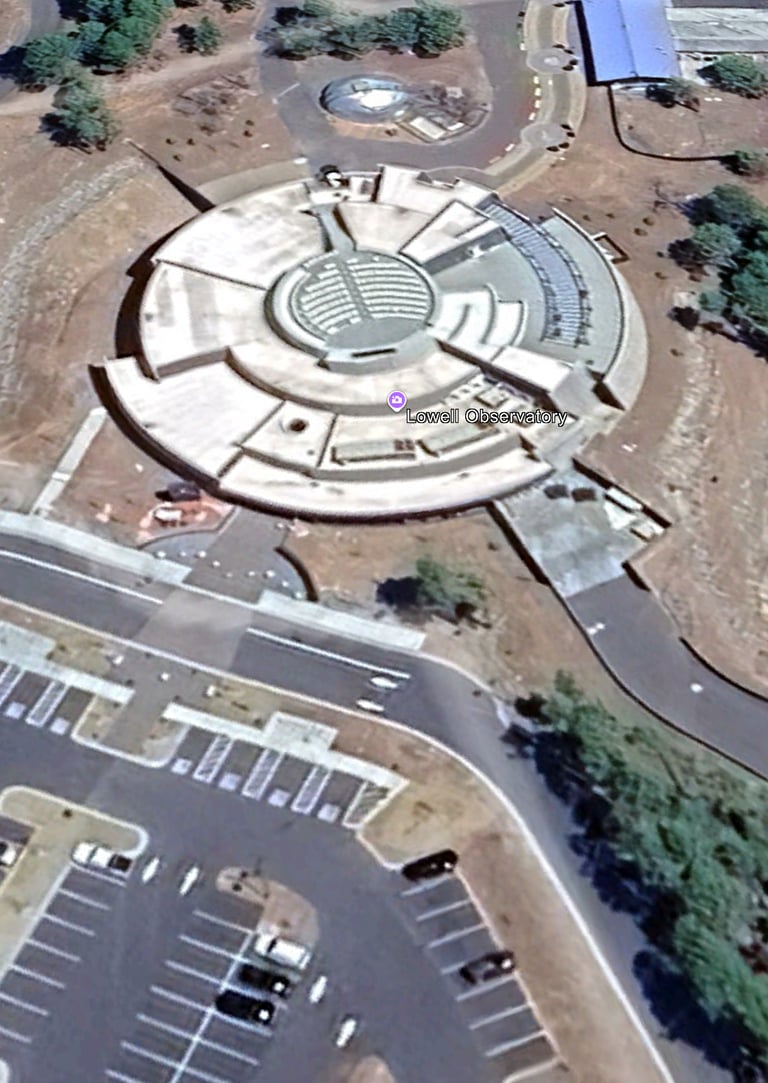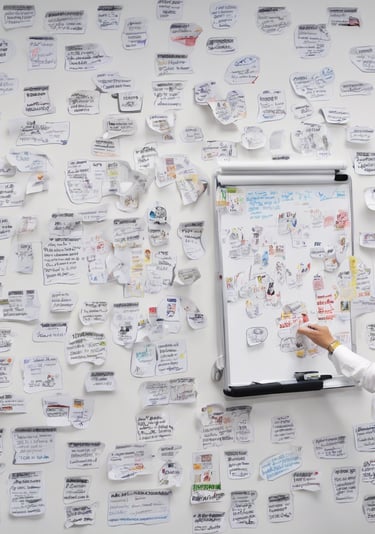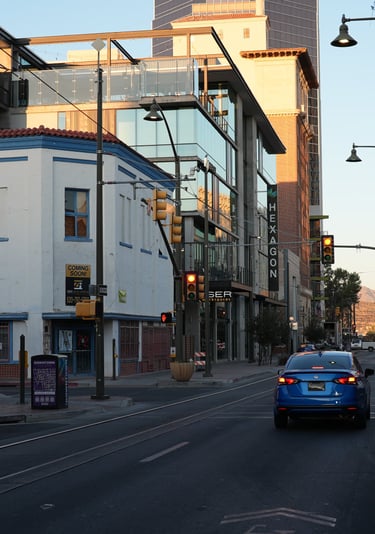Blog

10 Ways Drones Are Revolutionizing the Way We Work
Drones have shifted from niche gadgets to indispensable tools across construction, environmental consulting, public safety, agriculture, and infrastructure. Their value isn’t just in flight — it’s in the data they collect and the time, money, and risk they eliminate. Here are ten ways drones are transforming the modern workplace.
Drones dramatically improve safety by taking over inspections in dangerous or difficult-to-reach locations. Instead of sending workers onto roofs or suspending them on scaffolding to inspect bridges or towers, drones capture high-resolution imagery in minutes.
Reduce worker risk
Avoid shutdowns and scaffolding costs
Capture detailed visual records from the air
Another major breakthrough is how drones generate maps and 3D models. Using photogrammetry software, drones convert images into accurate orthomosaics, point clouds, or full 3D site models.
Create centimeter-accurate maps
Track construction progress over time
Communicate visually with project stakeholders
Surveying land is faster and more accurate than ever with drones equipped with RTK/PPK technology. Traditional surveying can take days walking a site; drones can complete the same work in a single afternoon.
Reduce field time
Capture precise elevation data
Cover large or uneven terrain easily
Environmental and brownfield projects are also benefiting from drones. Consultants use aerial imagery for site assessment, monitoring stormwater, detecting illegal dumping, and supporting EPA-funded brownfield inventories.
Document conditions before cleanup
Engage community and property owners with visuals
Strengthen grant proposals with data-backed evidence
In disaster response, drones are becoming the first tool deployed after hurricanes, floods, wildfires, or earthquakes. They can provide an instant aerial overview and send imagery to emergency operations centers.
Assess damages rapidly
Identify blocked routes
Help prioritize resources and rescue efforts
Agriculture is seeing significant efficiency gains. Multispectral drones reveal plant stress not visible to the naked eye and enable precision irrigation or spraying.
Detect crop health issues early
Reduce water and fertilizer usage
Improve yields through targeted action
Drones can respond to an emergency situation fast. It can send critical information to teams to save time and save lives.
Drone as a first responder can get to location and start to assess what is needed to assist.
Integrate with police, fire departments, and EMS.
Reduce injury to human responders.
From an operations standpoint, drones consistently reduce costs. A single drone flight can capture data for engineering, inspections, and marketing — replacing multiple site visits and specialty equipment.
Keep your team evaluating projects and not wasting time driving.
Reduce equipment rental fees
Capture reusable data sets for multiple workflows
Drones also help companies tell better stories. Aerial video and photography create powerful marketing visuals that traditional ground cameras simply can’t match. They can also prevent liability by documenting project history.
Showcase real estate, developments, or tourism
Provide dramatic “before vs. after” shots
Document construction to prevent liability even years after a project is completed.
Finally, drones are supporting the most qualified teams. Teams can view current site conditions, 3D models, and progress imagery while being anywhere in the world.
Share interactive maps and models online
Allow remote commenting and collaboration
Reduce travel time and expenses
Bottom Line
Drones are reshaping the way work gets done — making projects safer, faster, more precise, and more collaborative. They’re no longer an add-on. They’re becoming core infrastructure.






